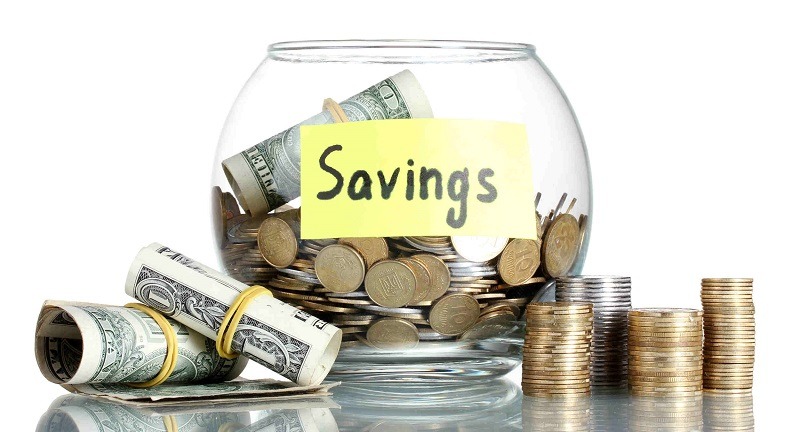
Understanding the Importance of Budgeting
Budgeting serves as a fundamental aspect of effective financial management, enabling individuals, families, and businesses to allocate their resources efficiently. At its core, a budget is a structured plan that outlines expected income and expenditures over a specific period. By creating a budget, individuals can gain a clearer understanding of their financial situation, which is critical for making informed decisions. This organized approach not only aids in tracking spending but also in spotting unnecessary expenses that can be trimmed or eliminated.
One of the main benefits of budgeting is the empowerment it provides in achieving financial goals. Whether saving for a home, planning for retirement, or preparing for an unexpected expense, a well-laid budget can help prioritize spending to meet these objectives effectively. Furthermore, budgeting enhances awareness of financial habits, prompting individuals to evaluate their choices critically and encouraging responsible spending.
Despite its numerous advantages, budgeting is often surrounded by common misconceptions. Many individuals view budgeting as a restrictive measure that limits their spending and leads to a deprived lifestyle. In reality, it should be perceived as a beneficial tool that fosters financial discipline and promotes long-term stability. A budget allows for flexibility, enabling individuals to allocate funds toward both essential needs and personal desires, thus promoting a balanced approach to spending.
In light of these considerations, developing a budget is fundamentally about making conscious choices and prioritizing what matters most in one’s financial life. By recognizing the significance of budgeting and dispelling myths surrounding it, individuals and businesses can harness its full potential, leading to improved financial health and security.
Practical Tips for Reducing Expenses
Reducing expenses is an essential step towards achieving financial stability and ensuring that your budget aligns with your financial goals. One of the first strategies to adopt is to conduct a thorough assessment of both fixed and variable costs. Fixed costs, such as rent or mortgage payments, are typically unavoidable, while variable costs, such as dining out or entertainment, can be adjusted based on your needs and priorities. By identifying both types of expenses, you can make informed decisions about where to cut back.
Another effective approach is to engage in comparison shopping. Often, products and services have varying prices across different retailers or service providers. Taking the time to research and compare prices can lead to significant savings. Utilizing online tools, such as price comparison websites and apps, can streamline this process and help identify the best deals available, ensuring you make cost-effective choices.
Implementing energy-saving habits can also contribute to lowering monthly expenses. Simple actions such as turning off lights when not in use, using energy-efficient appliances, and regularly checking for leaks can help minimize energy bills. Additionally, consider monitoring your overall energy consumption and set a monthly goal to reduce it, which can provide both financial and environmental benefits.
Moreover, grocery shopping presents an opportunity to save money by making mindful choices. Creating a shopping list and sticking to it can prevent impulse purchases, while regularly reviewing sales and using coupons can maximize savings at the checkout. Planning meals for the week based on items on sale can also help reduce food costs while minimizing waste.
Ultimately, prioritization plays a crucial role in effectively reducing expenses. By clearly distinguishing between necessary and discretionary spending, you can allocate your resources more wisely, ensuring that your financial lifestyle remains sustainable in the long run.
Crafting an Effective Savings Plan
Designing a personalized savings plan is a crucial step towards achieving financial stability and independence. An effective savings plan should align with your budget and individual financial goals, making it essential to set specific and attainable savings targets. For instance, establishing objectives, such as building an emergency fund that covers three to six months’ worth of expenses or saving for a significant purchase like a home or vehicle, can provide clarity and direction in the savings process.
Numerous savings strategies can assist individuals in forming a robust savings plan. The 50/30/20 rule is a popular method that allows individuals to allocate 50% of their income to necessities, 30% to discretionary spending, and 20% to savings. This rule can simplify budgeting and encourage disciplined saving habits. Alternatively, the envelope method can also be advantageous; this approach involves using physical envelopes labeled according to spending categories. By allocating cash into these envelopes, individuals can effectively limit their spending and prioritize savings.
Automating savings is another strategic way to enhance your savings plan. Setting up automatic transfers from your checking account to a designated savings account ensures that a portion of your income is saved before it is spent. This method not only simplifies the saving process but also makes it easier to resist the temptation to dip into savings for everyday expenditures. Furthermore, the psychological benefits associated with watching your savings grow can significantly enhance your motivation. Seeing your savings accumulate serves as a tangible reminder of your progress, fostering better financial habits and encouraging continued commitment to your savings goals.
Ultimately, crafting an effective savings plan requires thoughtful consideration and a tailored approach that aligns with your budgetary constraints and financial ambitions. By implementing these strategies, you can take proactive steps toward achieving your savings objectives.
Leveraging Technology for Budgeting and Savings
In today’s digital age, technology plays a paramount role in transforming the way individuals manage budgeting and savings. Numerous budgeting apps and tools have emerged, simplifying the process of tracking expenses and visualizing financial goals. These applications allow users to categorize spending, providing insights into their financial habits and encouraging more informed decision-making. By leveraging these innovations, users can gain significant control over their finances, ultimately leading to enhanced savings.
When selecting a budgeting app, it is essential to consider personal needs and preferences. Some individuals may prioritize simplicity, while others might seek comprehensive features for in-depth analysis. Options like Mint, YNAB (You Need a Budget), and PocketGuard cater to different user profiles, offering tools that range from basic expense tracking to more complex financial planning. Understanding what features are necessary—such as automatic transaction syncing, bill reminders, or the ability to share accounts—can help users find the app that best aligns with their financial objectives.
Furthermore, technology not only aids in monitoring expenses but also automates savings. Many apps allow users to set up automatic transfers into savings accounts or investment portfolios, effectively promoting a “pay yourself first” mentality. This functionality minimizes the temptation to overspend and fosters a disciplined approach to saving. To maintain accountability, individuals should regularly review their financial progress through these digital tools. Such assessments can help identify areas for improvement and prompt necessary adjustments to spending habits or savings plans.
Ultimately, embracing technology as part of a budgeting and savings strategy can significantly enhance one’s financial health. By utilizing the right apps and resources, individuals can stay organized, informed, and motivated on their journey towards achieving financial stability and success.




1 thought on “Smart Savings Tips: Effective Budget Planning to Reduce Expenses”